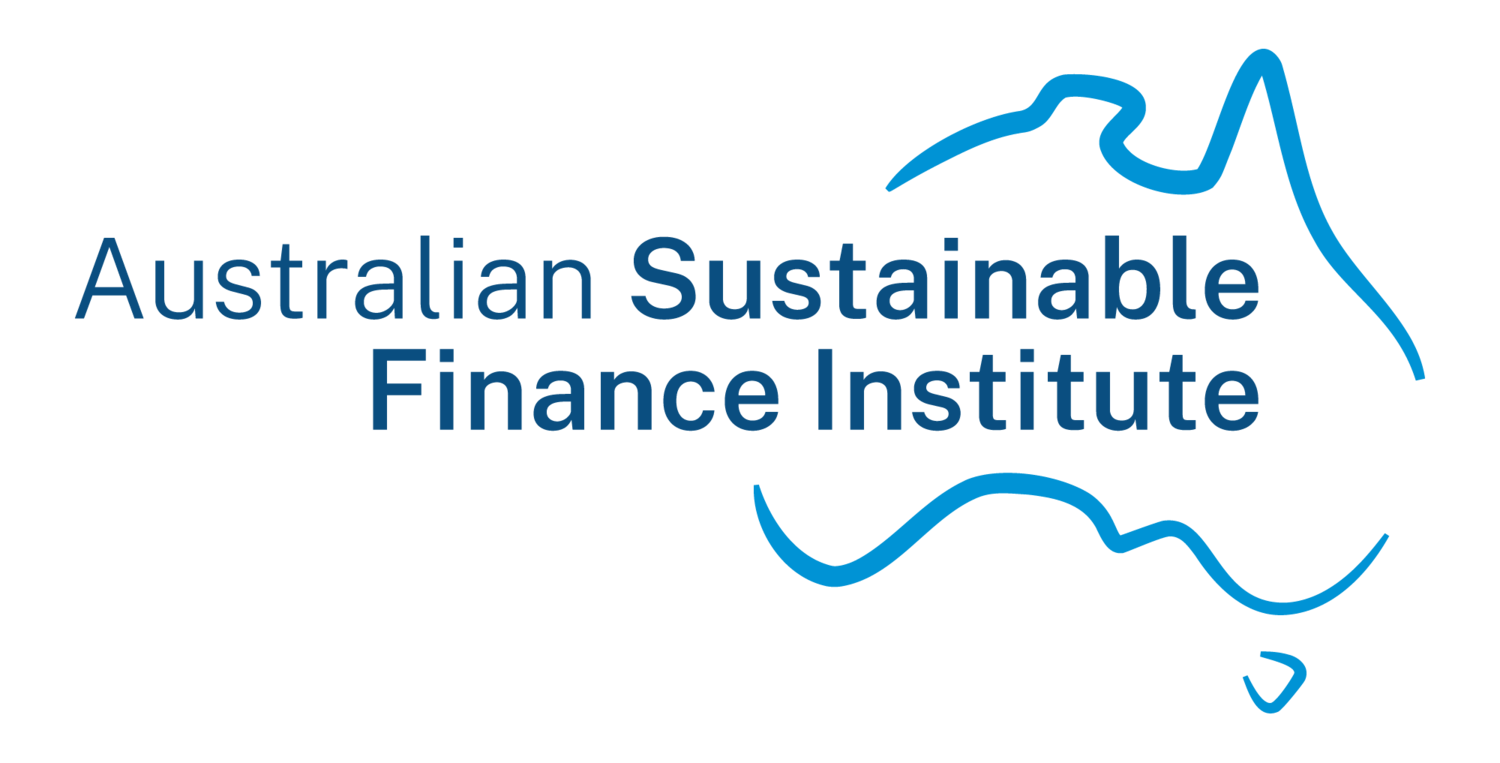ASFI Blog: Release of DFAT’s Development Finance Review
ASFI welcomes the release of the Department of Foreign Affairs and Trade’s (DFAT) Development Finance Review which considers how development finance can support Australia’s foreign policy, trade, security and development objectives. Development finance is the provision of official development assistance through non-grant tools such as loans, equity and guarantees.
The Review finds that development finance tools can expand Australia’s official development assistance toolkit beyond the traditional grant programs to meet a variety of development needs at a much larger scale and with a wider array of potential financing partners. It proposes that over time, Australia should build capability to broker deals in the region that draw in complementary project preparation support and financing from like-minded donors and private sources.
We support the Review’s recommendation that Australia scale up its development finance mechanisms and strengthen connections with private investors to unlock private finance and investment – particularly in Southeast Asia. Private capital has a critical role to play in helping countries in our region to meet sustainable development and climate goals. In ASEAN, the estimated finance gap for clean energy alone is $150 billion per year to 2030.¹
The Review usefully acknowledges that different approaches will be required in different parts of the Asia-Pacific – in particular Pacific Island countries will usually need a greater level of concessional finance and ongoing grant funding than Southeast Asian countries which have more developed markets and greater scale.
ASFI also welcomes the recommendations to expand DFAT’s Emerging Market Impact Investment Fund from $40 million to $250 million, and establish a dedicated unit within DFAT to support engagement and collaboration with the private finance community.
The recommendation to ensure that gender equality continues to be a focus for Australia’s development finance mechanisms will ensure Australia builds on its strong track record of leadership in gender lens investing.
Scaling up existing mechanisms is a step in the right direction. But Australia’s ability to support partner countries through development finance remains constrained by our lack of dedicated blended finance capability, which most developed countries concentrate in a Development Finance Institution (DFI). Housing the new development finance unit within DFAT means the Government will continue to rely on partner organisations to implement most blended finance programs. As a result, private and blended finance expertise will remain outside of the Australian Government.
ASFI’s submission to the Review recommended the Government establish a dedicated blended finance capability that is separate to DFAT and operates at arm’s length from government. During stakeholder consultations there was strong support for a DFI from the development NGO community, think tanks, and private and institutional investors. The Clean Energy Finance Corporation is an example (in the domestic context) of how this type of institution can effectively and efficiently support the development of new markets and crowd in institutional capital.
The Review keeps the idea of a new DFI on the table, but finds that it is not justified at this time. More experience with blended finance, and closer engagement and understanding of private capital will hopefully give the Government the confidence to invest in the institutional structures for Australia to succeed in this area. We look forward to continuing to work with the Australian Government and institutional investors and financiers to implement the Review.
Further Reading
¹Southeast Asia Energy Outlook (2022), IEA